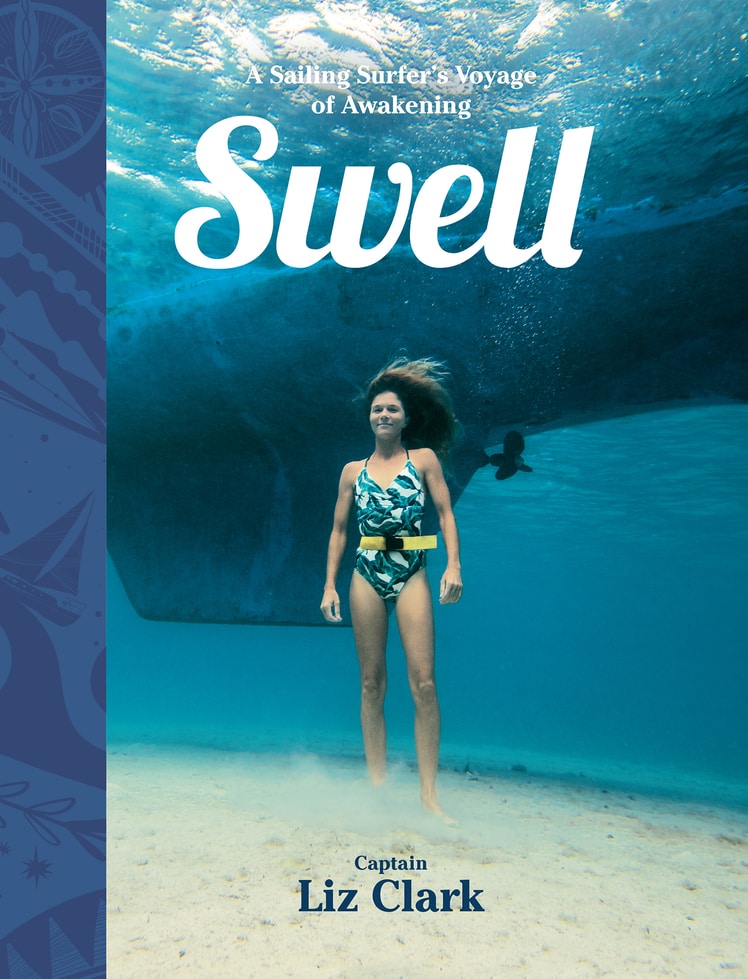Biomimicry: Isn’t it about time we asked Nature?

What can we learn when we stop thinking of ourselves as the smartest species on the planet…?
I may be behind on the subject, but I recently came across an interview of Janine Benyus–specialist on biomimicry, as she coined it–a concept that instantly inspired me! She’s written many books, but one called Biomimicry: Innovation Inspired by Nature, and since it’s publishing, has become a teacher for engineers, designers, chemists, architects, city planners, and inventors on how to use nature’s genius to create sustainable, efficient designs.
When confronted by any problem, she recommends humans look to nature for solutions. In addressing energy dilemmas, she explains, “For the most part, life operates on very small amounts of energy. When you look to the natural world, you see that organisms do not use high heats or high pressures or toxic chemicals to achieve their ends. A few do use toxins, such as venoms, in small amounts, but none heat up anything with explosive force… Nature really knows how to use energy efficiently. An insect, for instance, has a protein in its wing called ‘resilin’. As it flaps the wing down, the resilin compresses like a spring and stores 98% of the energy from the downward thrust. So the insect doesn’t lift the wing; it just rides the expansion of the ‘spring’…”
In respect to water issues, she explains how mangroves extract fresh water from salt water using only solar energy. Or refers to one amazing beetle in the Namib Desert, where there is no groundwater. The Stenocara beetle goes to the top of a ridge in the early morning and lifts its wings, which are perfectly designed to catch water molecules out of the air. The tiny water droplets collect on the scales of the wing until gravity rolls a water droplet down into his mouth. Incredible! This process is now being replicated in sheets that collect water out of air…

When will we come to "see nature not as a resource but as a sentient master.” ?
She gives other examples, including designing buildings in Arizona with pleats, like those of some cacti, which actually keep the building cool by providing it’s own shade. Adhesives that mimic those of a gecko’s feet, and solar cells based on photosynthesis with a film on top that mimics a moth’s eye, or the humpback whale’s pectoral flipper being used in wind turbine design. And creating fabrics, roofing tiles, cement, glass, and paints that ‘self-clean’ using the design of a lotus leaf’s ‘nano-bumps’ which makes it very difficult for dirt or dust to adhere.
Her approach to helping humans achieve sustainability appeals to me wildly, as it combines technology with an awe and respect for nature—surely the only way out of the mess we’ve created. “Biomimicry,” Janine explains, “is as much about having a new outlook as it is about designing new technologies. I don’t think new technologies alone will save us. What will get us through the evolutionary bottleneck is a change of heart, which will come about when we begin to see nature not as a resource but as a sentient master.”
We can all pitch in with this simple change of heart…Thank you, Janine, for your brilliance, your foresight, your courage and your pursuit of a better way!!
Check out AskNature.org!!
This blog is based on the interview in, The Sun magazine, September 2009, Issue 405. Anyone with updated info on this field or who has read Janine’s book, please post!




2 Comments
auntie
October 27, 2011thank you for sharing ,wonderfulwoman…on to amazon to order the book..can’t wait. be safe.. i love you more than all the krill in the sea xoxo
josh
October 31, 2011You might want to check out the links in author Richard Conniff’s most recent blog post: http://strangebehaviors.wordpress.com/2011/10/28/biomimicry-and-bullet-trains/ The first is a recent bbc article that extensively quotes Ms. Benyus and the other is an older article that talks about, among other things, Galapagos sharks inspiring bacteria-resistant surfaces.
Thanks for your great blog – I enjoy your adventures and insights!